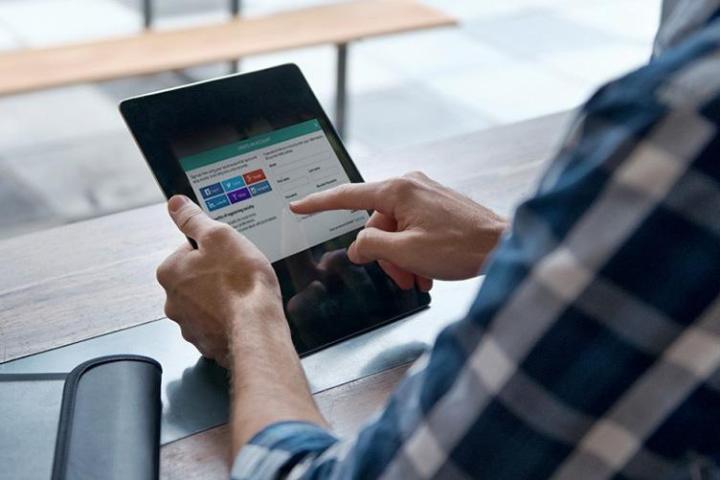
According to survey results, 30 percent of consumers say they receive between one and three irrelevant messages a day, with 17 percent reporting more than 10 non-specific messages on a daily basis. The most frequent reaction to this barrage of perceived junk mail is to unsubscribe from the listserve, closely followed by ignoring all future communication, and marking the message as spam. In some cases, consumers were so infuriated by these irrelevant messages that they stopped visiting the company’s website, or worse yet, stopped buying the company’s products altogether.
On the bright side (for those who see it that way), because consumers are increasingly using social logins — through Facebook, Twitter, and LinkedIn, rather than traditional forms — companies are presented with a wealth of information about their new users, aiding them in their never-ending quest to create the specified, relevant content consumers demand. Of course, what these users don’t seem to realize is that many of their privacy concerns are at odds with these emerging online habits.
In a statement, Patrick Salyer, CEO of Gigya, noted, “Although data privacy concerns are seemingly at an all-time high, it’s evident that consumers are prepared to share their personal information with businesses if presented with a clear value exchange and a high level of transparency. In addition, as consumers continue to embrace advanced authentication methods, brands must equip themselves to handle an increasing volume and variety of rich identity data in order provide truly relevant 1:1 experiences.”
So be careful what you wish for, consumers. More often than not, you can’t have the best of both worlds, at least not at the same time.


